Out of the 3 billion genetic letters that spell out the human genome, Yale scientists have found a handful that may have contributed to the evolutionary changes in human limbs that enabled us to manipulate tools and walk upright.
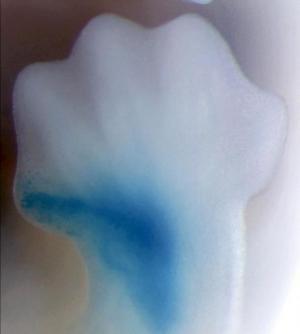
|
| ©Yale University
|
| A rapidly evolving sequence from the human genome drives gene activity in the developing thumb, wrist and ankle of mouse embryos.
|
Results from a comparative analysis of the human, chimpanzee, rhesus macaque and other genomes reported in the journal
Science suggest our evolution may have been driven not only by sequence changes in genes, but by changes in areas of the genome once thought of as "junk DNA."
Those changes activated genes in primordial thumb and big toe in a developing mouse embryo, the researchers found.
"Our study identifies a potential genetic contributor to fundamental morphological differences between humans and apes," said James Noonan, Assistant Professor of Genetics in the Yale University School of Medicine and the senior author of the study.
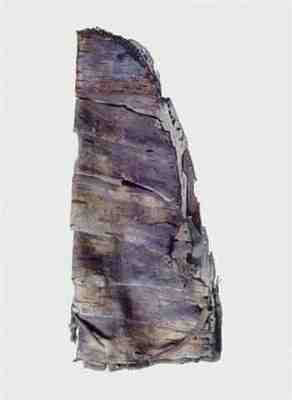
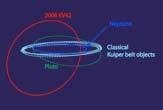
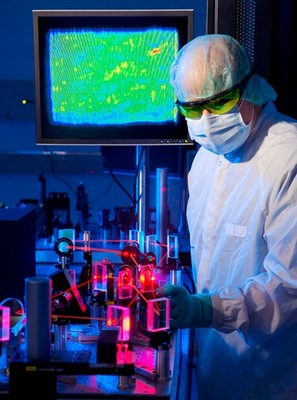
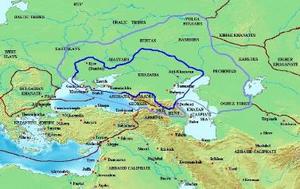
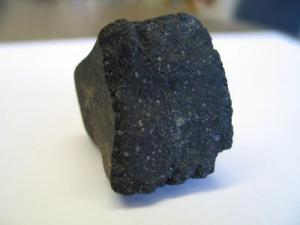

Comment: The article seems very enthusiastic about the use of this technology to create yet another weapon.